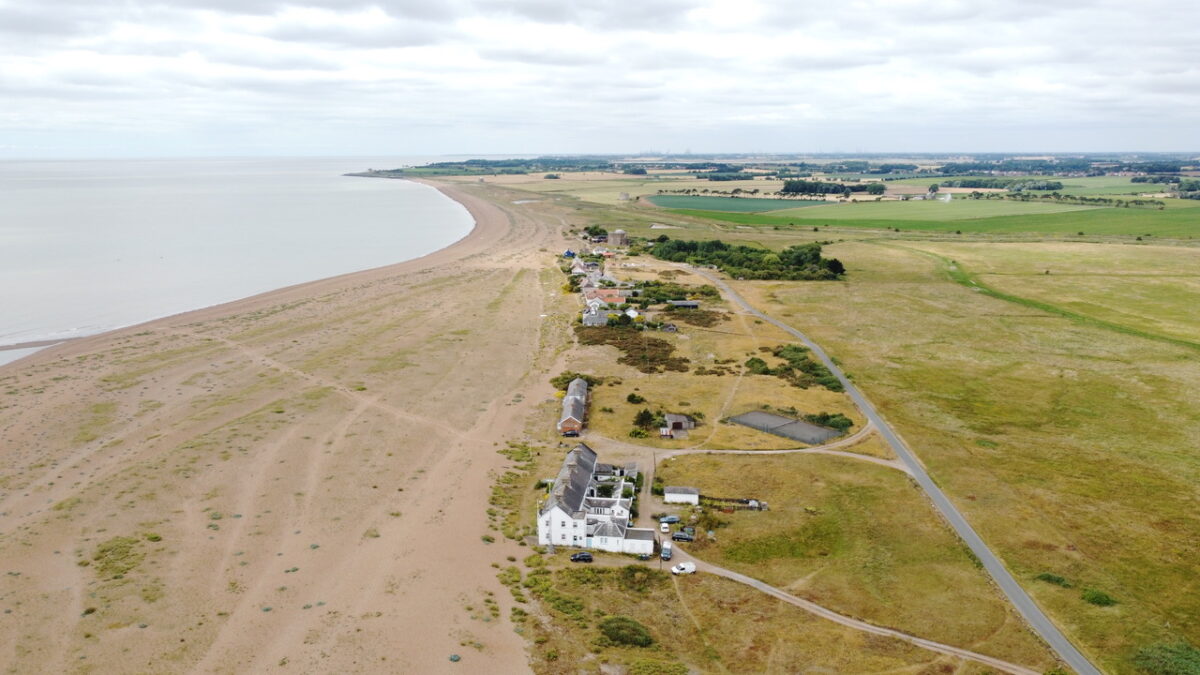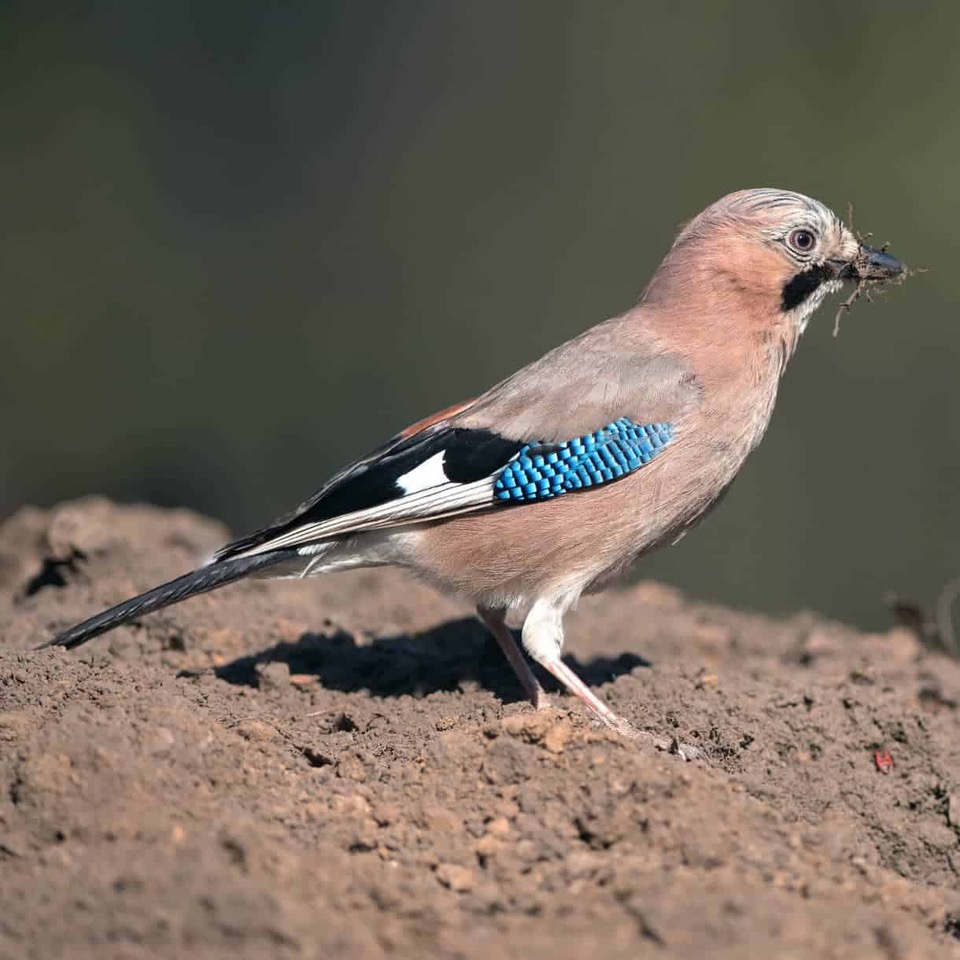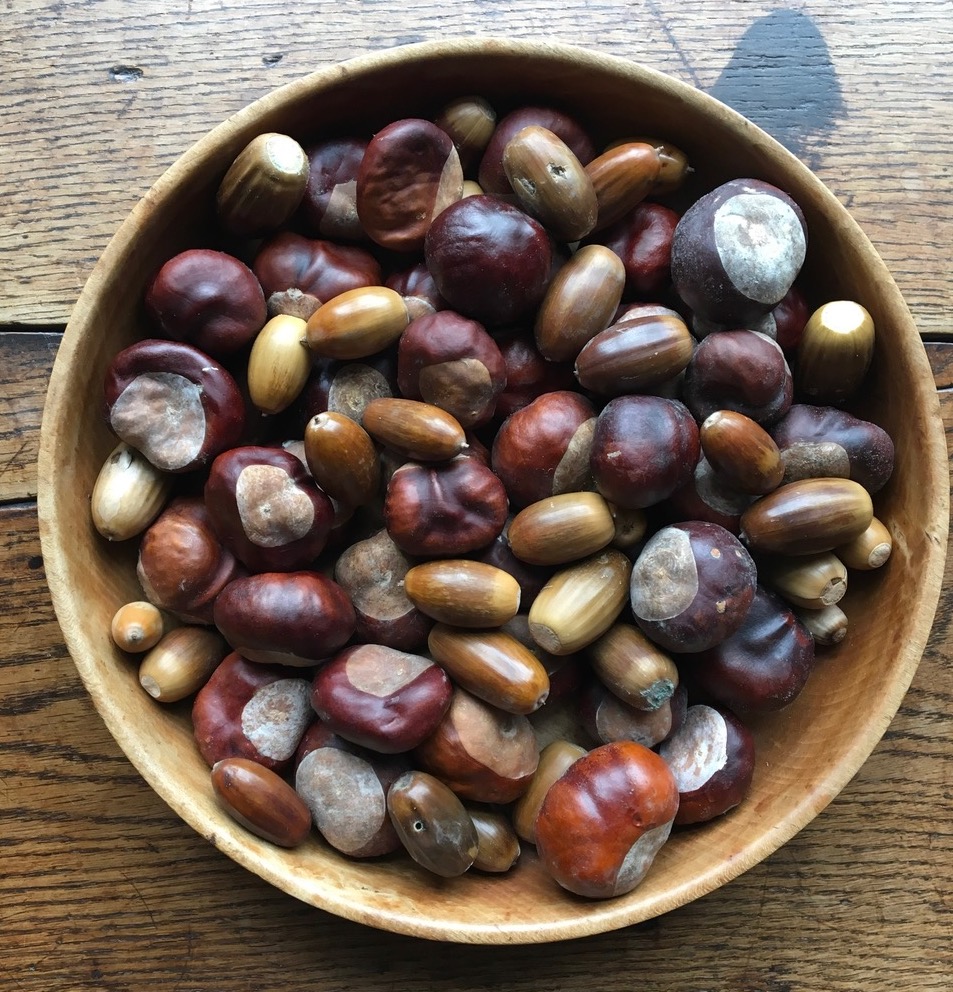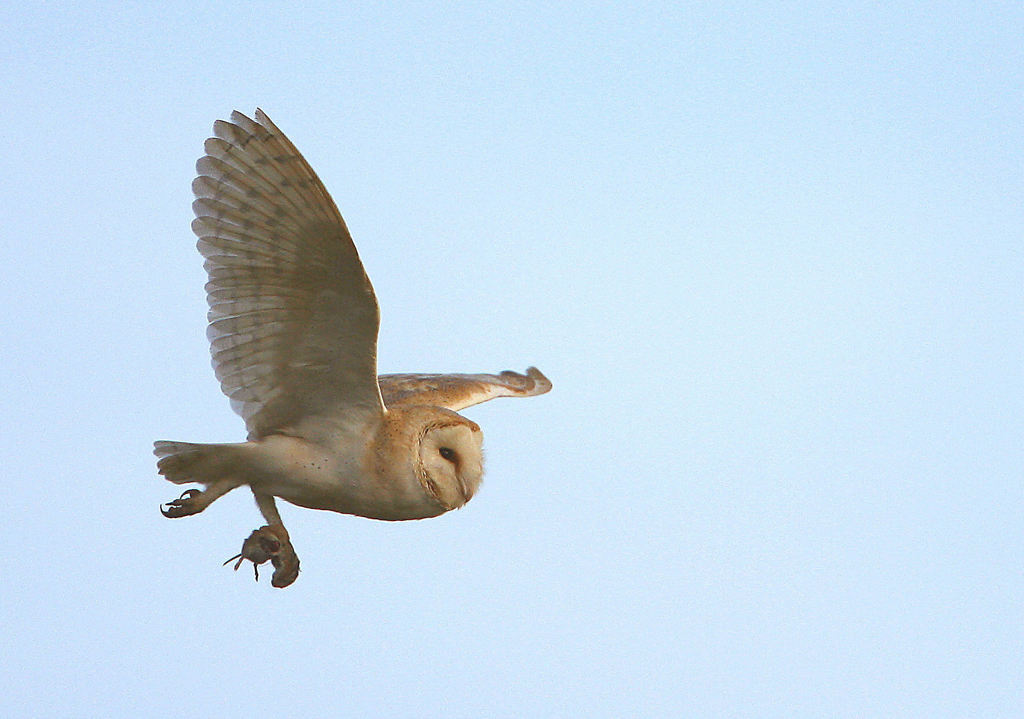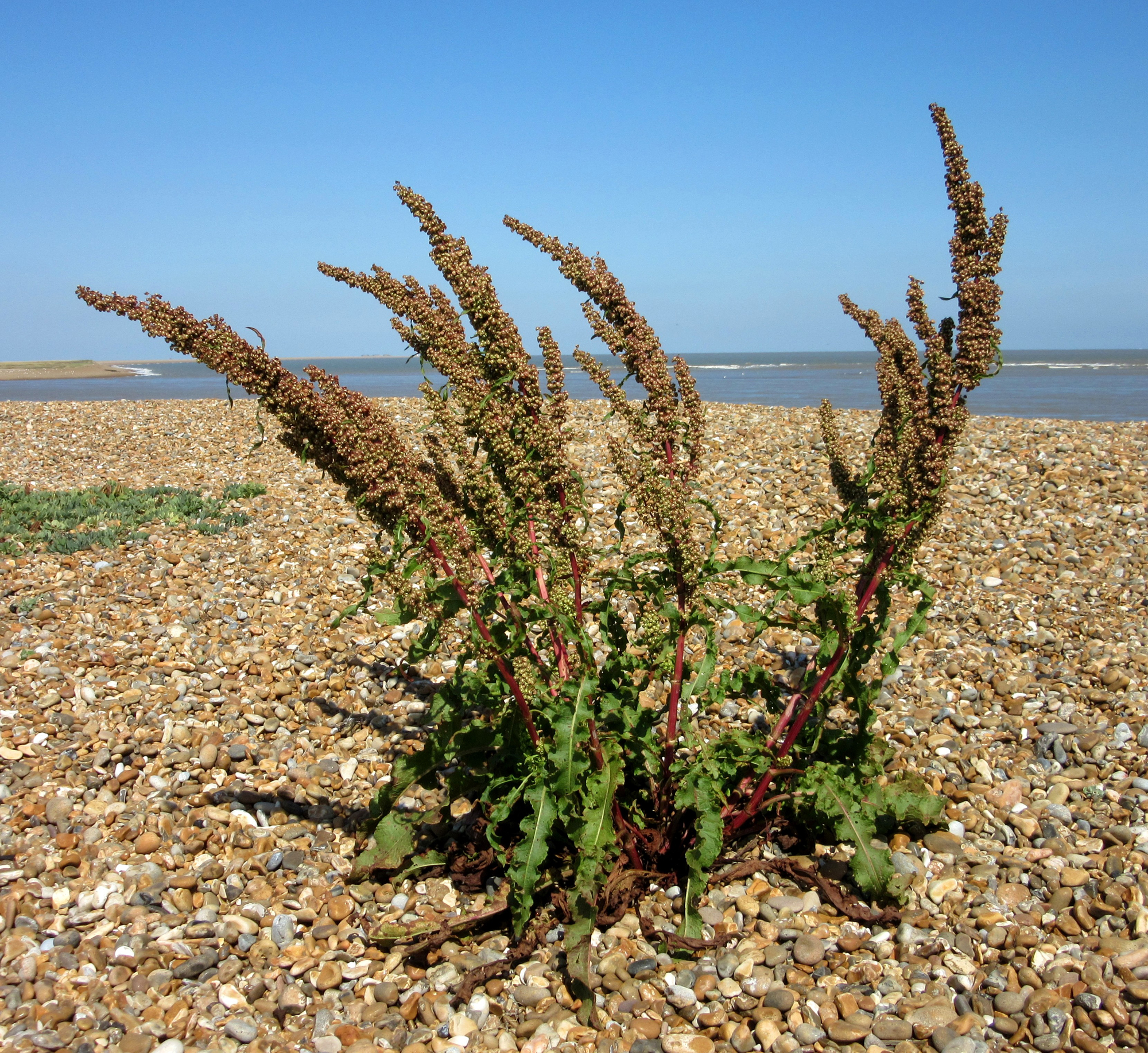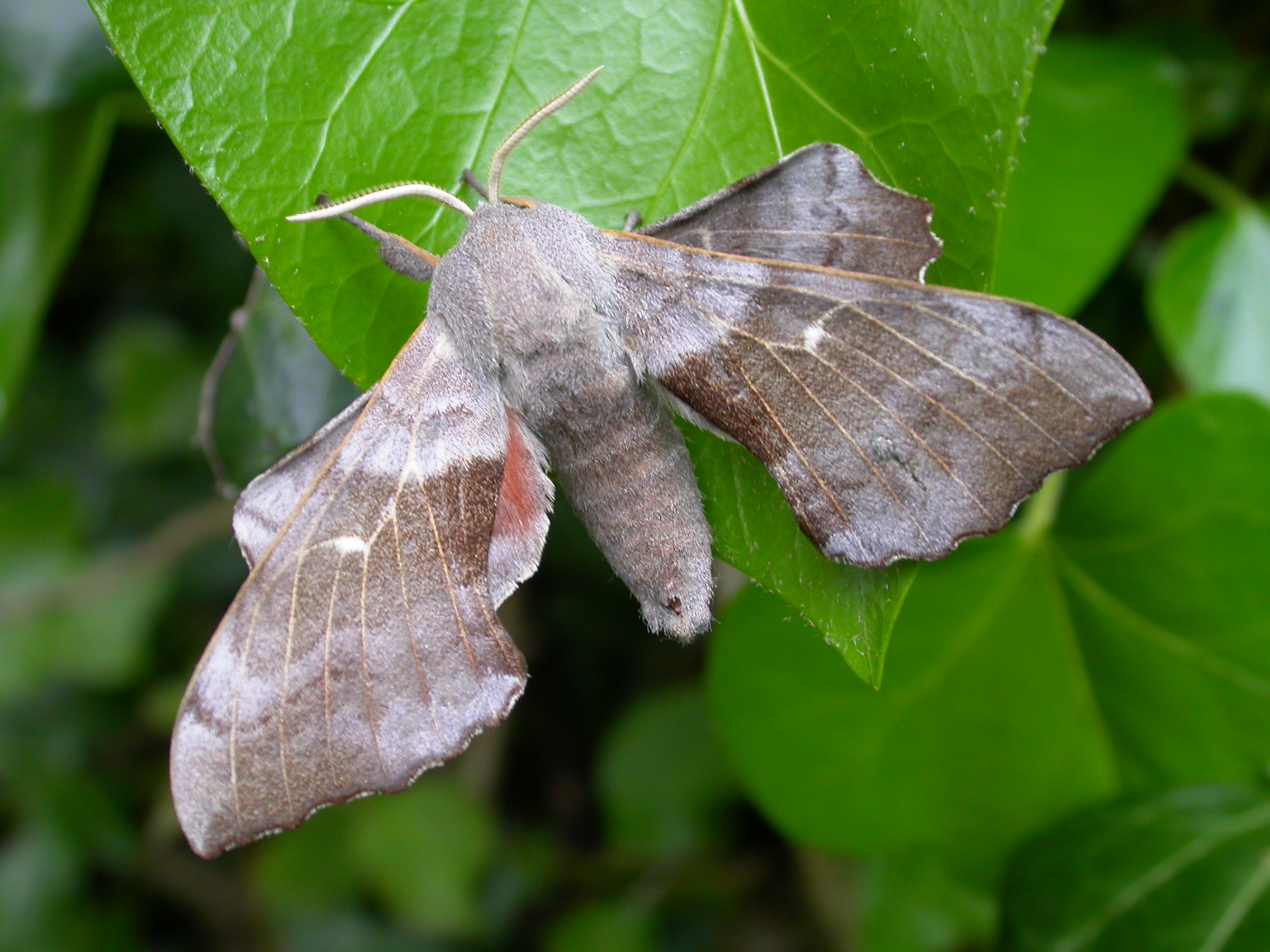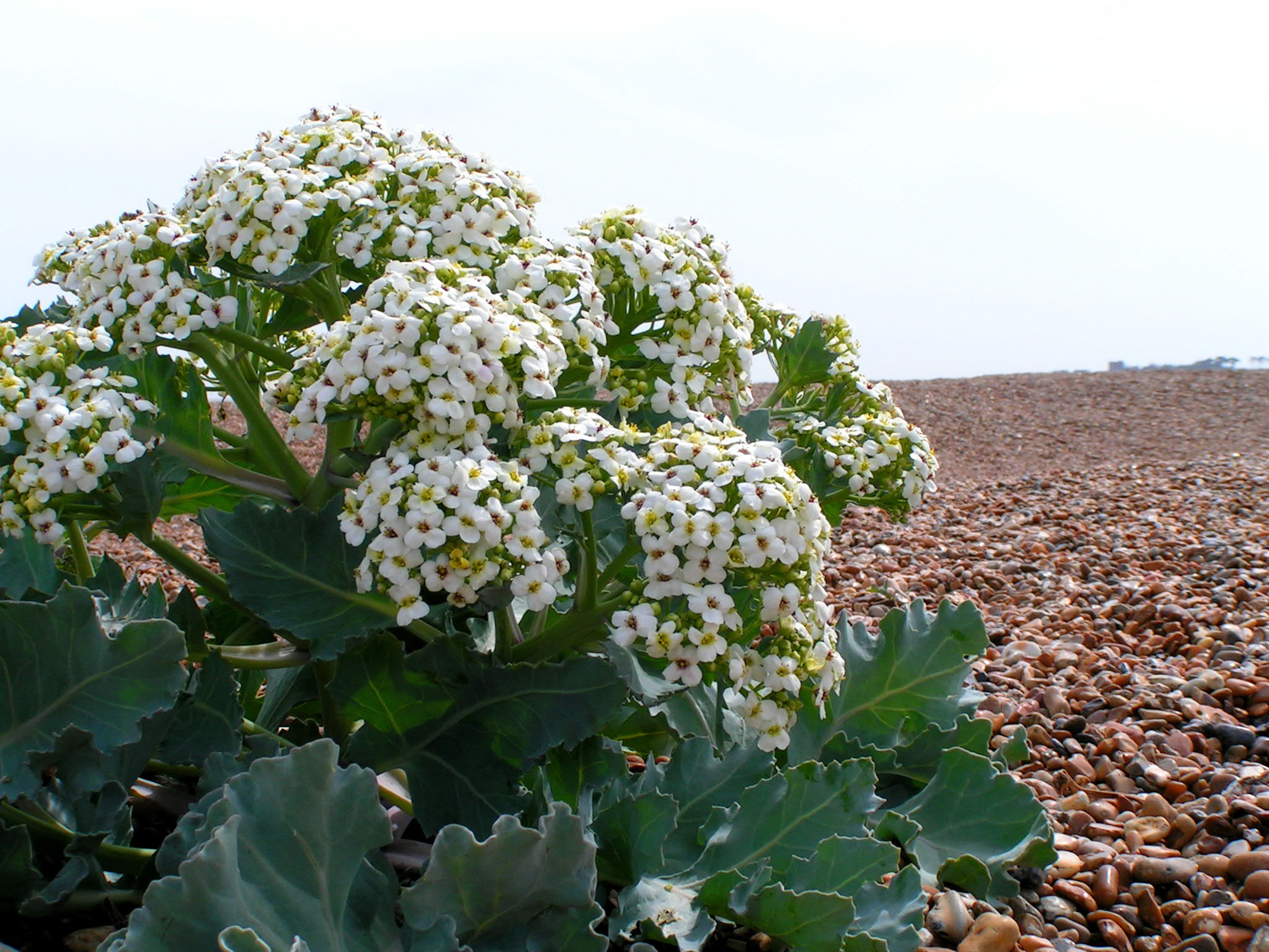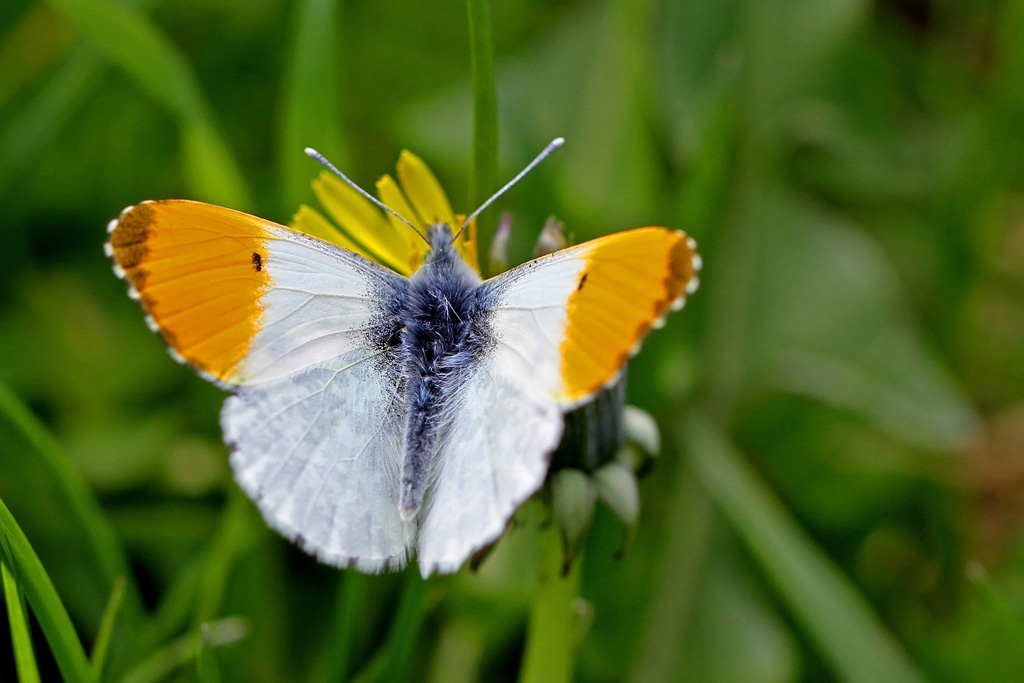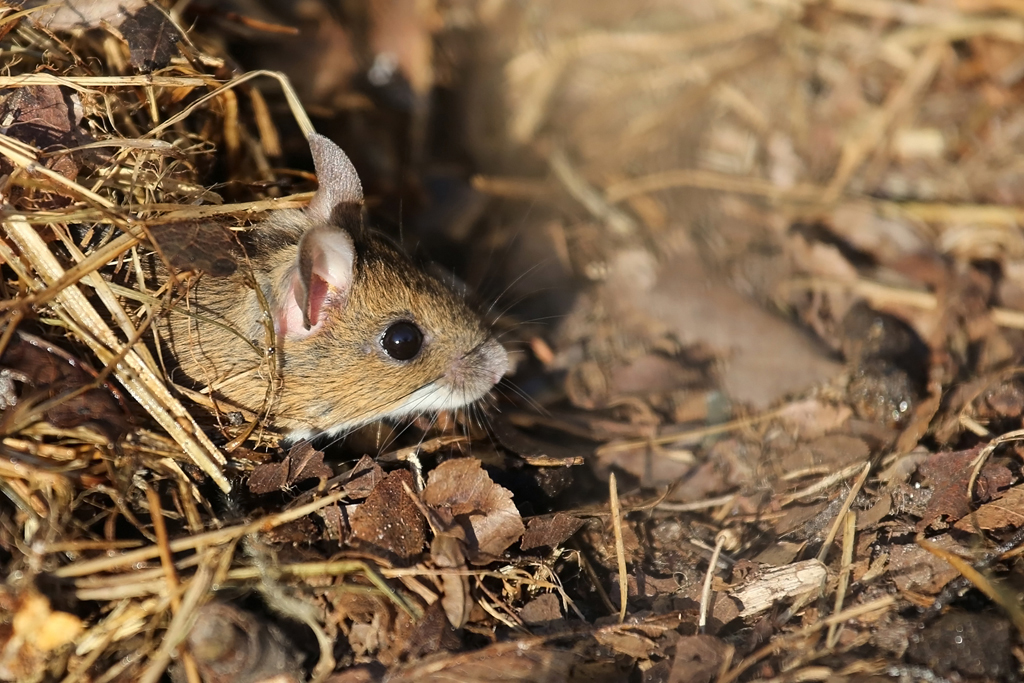‘Greenery’ – what a lovely word that is. One of the great delights of an English spring is to see the hedges greening up day by day, from the first fresh buds in March through to the gorgeous extravagance of leaves and blossom in May. The hedgerows are transformed in this annual miracle from the bare skeletons of winter to a burgeoning renewal in what the countryman-poet John Clare happily called, ‘the green life of change’.
We have something like 250,000 miles of hedgerows in Britain – about the distance to the moon – and they are one of our most important wildlife habitats. These ‘edgelands’ were originally established to mark boundaries and contain stock, so they consisted predominantly of the thornier trees and bushes – especially hawthorn and blackthorn. But over time ancient hedges will be joined by a rich variety of other natives like field maple, dog rose, crab apple, dogwood, hazel, spindle and buckthorn, and the hedge sides will meanwhile become cladded with a thick covering of ivy, brambles, honeysuckle and trailing plants. As the great American writer and naturalist Thoreau remarked, ‘It is only necessary that man should start a fence and Nature will carry it on and complete it.’

Such a hedge is a haven for wildlife – a larder, a highway, a fortress and a nursery. Hedges support up to 80% of our woodland birds and half of our mammals. Some 1,000 plant species and over 1,500 insect and invertebrate species have been recorded in our hedgerows. Butterflies and moths depend on them for food and shelter; wild flowers flourish along their edges; countryside birds like linnets, yellowhammers and whitethroats use them as song posts and nesting sites; shy creatures like dormice find safe homes deep inside them; bats use them as navigational aids; and glow worms may illuminate them. Lots of species even take their names from them: hedgehogs, hedge sparrows, hedge garlic, hedge parsley, hedge rustics (moths), woodland hedgehogs (mushrooms) … We benefit too, of course. Hedges provide windbreaks, barriers to soil erosion and flood-defences. They also sequester huge amounts of carbon. If you want to help counter climate-change you will get much better and quicker results from planting a new hedge than a tree. Then there is all the ‘food for free’ in the salads, berries, fruits and nuts that human foragers have gathered over the centuries and still do.
This great natural resource has sadly been much reduced and damaged over recent decades, however, as many hedges have been replaced by barbed wire fences, while those that remain are regularly flailed to pieces. Cheaper in the short-term maybe, but not everything that really counts is so easily countable.
Jeremy Mynott
5 May 2024






